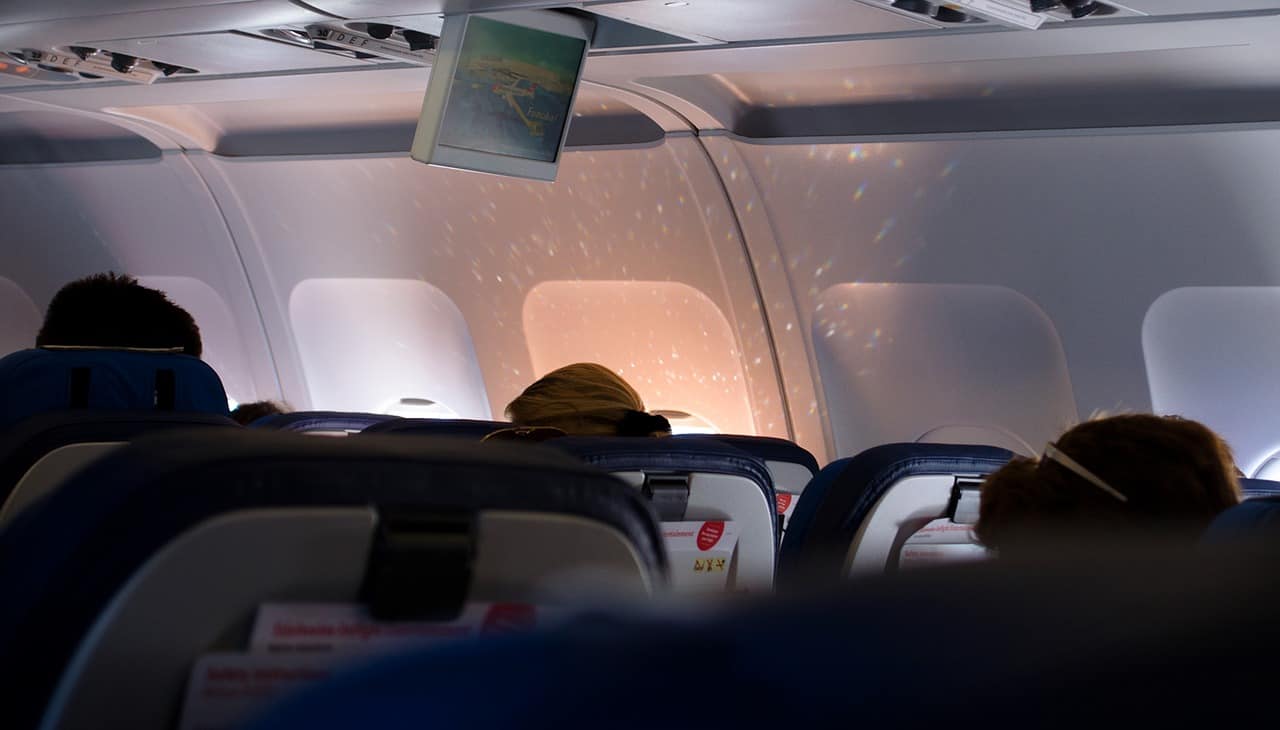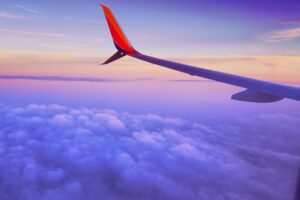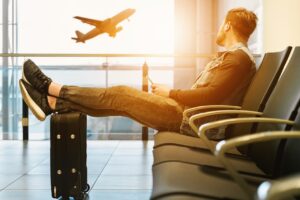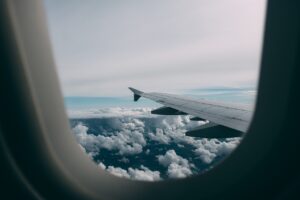At some point during a long flight, trying to get some sleep is a good idea and the best way to kill time. Sleeping on a plane also helps prevent jet lag after arriving at your destination when you take a night flight during your normal sleep time.
However, there are so many distractions on the plane, coupled with a lack of comfort, and falling asleep when you are tired is not as easy as it looks. Fortunately, you can take a few steps to ensure you get some rest in the air before flying. Whether you are in economy class or business class, we hope you can find some useful suggestions here to help you feel energetic when you arrive at your destination.
1. Get Your Watch Ready to the Destination
If you’re going to fly over a long distance, remember to tune your watch to the new time zone, which is useful. When you need to change several time zones and an extra long flight at the same time, changing your watch can help you determine when you can fall asleep. Keep in mind that you may have to span multiple time zones and pay attention to the local time of the destination. Once you leave the city of departure, act as if you have reached the time zone of your destination. The sooner you get used to your new destination, the better off you will be when you actually arrive. If you feel that you need to have a full meal, then dine at that time in the city you arrive in.
Before you plan to reach your destination, consider adjusting your watch or phone’s alarm to 45 minutes or one hour before landing. In this way, you will have time to go to the bathroom, tidy up your equipment, tie your shoelaces, have a cup of coffee, and then get off the plane completely soberly. Getting ready for what’s coming will help you relax and sleep without worrying about what’s going to happen to your destination. Whether you sleep a little while on the trip or not, it is better to have a good rest when you arrive at your destination than to be exhausted and grumpy at the airport. Take a nap on the plane and you will become a happy traveler.
2. Use Essential oils

Essential oils are believed to have some fairly powerful medicinal and therapeutic effects, and the use of essential oils with hypnotic effects can help you relax. If you have the essential oil you want to use, rub some behind your neck and tap your pulse points to get inner peace. You can also apply it on before you board the plane, or put a little on a tissue. You can even prepare paper towels or diluted spray in advance. Remember not to open them on the plane as the essential oils have a strong odor and may stimulate others.
These essential oils contain smells that are closely related to sleep aids:
- Citrus oil
- Sandalwood
- Lavender
- Bergamot
- Peppermint
- Chamomile
- Frankincense
- Tea tree
The U.S. Transportation Security Administration requires each person to carry no more than 3 ounces of essential oil. If you only carry one bag, you can bring your oils with you. Of course, you can also pack any oil you want into your checked baggage, but you must seal them in bags to prevent spilling.
3. Stay Away from Screens
If you want to sleep on a plane, light exposure is a bad idea. Electronic screens such as seatback TV screens, smartphones, tablets and laptops emit light similar to sunlight, which can deceive the brain into thinking it is still daytime. The glare of these bright screens will linger even when you close your eyes and struggle to fall asleep. So don’t use these screens before bed, you are inhibiting the release of melatonin when you look at them before going to sleep. Besides, reading lights and cabin lights can also interfere with your sleep.
When you are ready to go to sleep, set your laptop aside, dim the lights on the screen of your front seat and turn down the brightness of your cellphone. If electronic equipment must be used, apply a blue filter, or darken the brightness.
4. Turn to Alcoholic Drinks
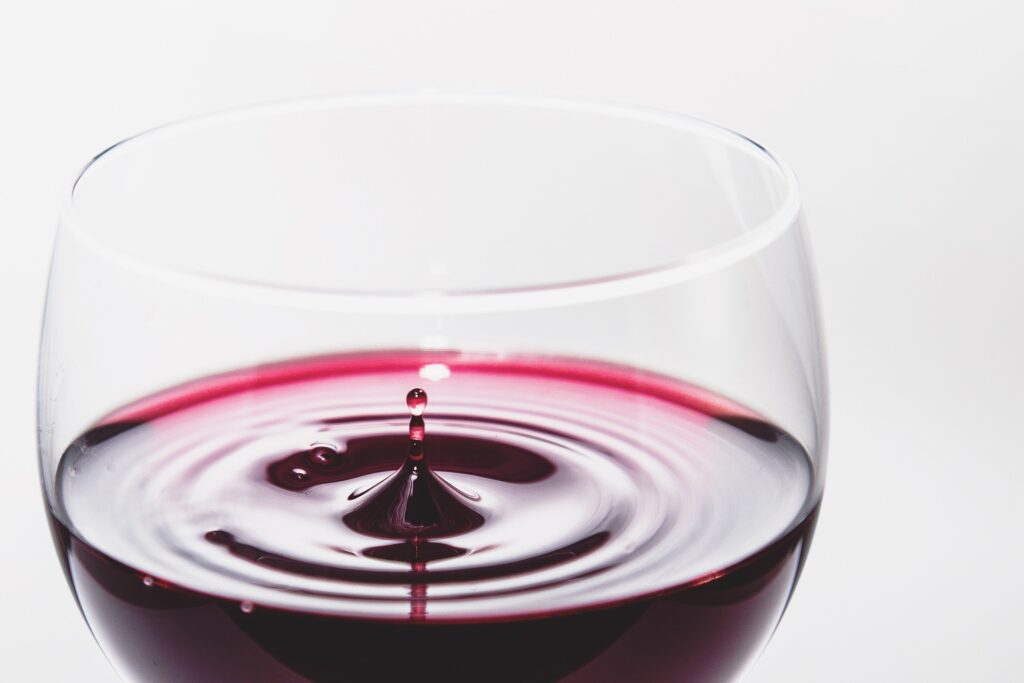
Drinking a glass of red wine, whiskey or any of your favorite spirits an hour before bedtime will produce hypnosis. Red wine is a great choice when flying, and it helps you relax and sleep. If you want to nap for a few hours, it’s enough to drink three glasses of wine on a long-haul flight. Beer is not recommended, it will make you run to the toilet more often. Although a glass of wine can help you fall asleep, drinking a little more can affect your sleep.
Alcohol may disturb your sleep cycle, thus reducing sleep quality. So don’t drink too much alcohol. Alcohol will make you feel that it will have a greater impact on you at high altitude. If you are drunk, it won’t make you sleep better at night. Because the air on the plane is very dry, coupled with the diuretic effect of drinking, you may dehydrate more quickly than on the ground. Therefore, to fight dehydration, make sure to drink water every time you drink an alcoholic drink. Eat as little salty food as possible, because this may have side effects that make you more thirsty and encourage you to drink faster.
For carry-on alcohols, the U.S. Transportation Security Administration stipulates that each person can only carry alcohol with a capacity of no more than 3.4 ounces per bottle. But you’re not limited to one bottle if you carry 1.7 ounces of mini-bottled wine, these liquids can be easily loaded into a quart-sized transparent plastic zipper bag.
Passengers can carry up to 5 liters of alcohol in their checked baggage if you pack it in a sealed bottle or flask, the alcohol content should be between 24 % and 70 %. Alcoholic drinks with an alcohol content of less than 24 % are not subject to regulations on harmful substances.
You will need to declare more than one liter of alcohol used by your individual at the time of entry and be aware that alcohol exceeding one liter may be recognized as a commercial importer by the customs.
5. Book Your Flight Wisely
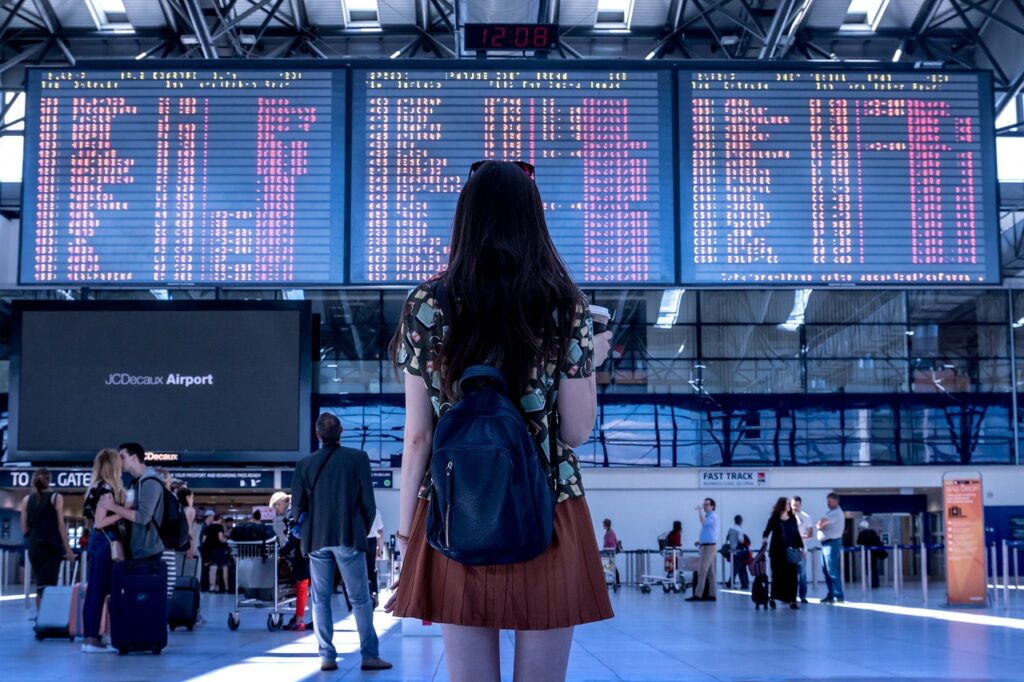
Non-Stop Flight
The longer the flight time, the easier it is to have high-quality restorative sleep. Direct flights have the advantage of allowing you to reach your destination directly without requiring you to get off the plane and board another plane. There is nothing like a night of uninterrupted sleep to restore energy. Unfortunately for your wallet, non-stop flights are usually not the cheapest.
If you are on a medium-length flight but stay in the same time zone, you can safely take a longer nap. The goal is 90 minutes or a complete sleep cycle. Sleeping for so long will probably make it harder for you to sleep that night, which may affect your next journey. You may also wake up in the middle of your sleep cycle, which will have the opposite effect as you expected, and you will be weaker and more irritable than before you go to sleep. Typically, the longer you sleep on a daytime flight, the more likely you are to change your sleep patterns at night.
Red Eye
If you fly red-eye flights, you are unlikely to disturb your usual sleep patterns. This should not be ignored. We are used to sleeping for more than six hours in 24 hours. They usually have better seat choices and are cheaper, which should make up for the fact that direct flights are usually more expensive. They can also save you accommodation expenses because you can sleep on the plane.
If you know in advance that you will be flying on a red-eye flight, you prepare yourself and slowly advance your trip to your destination. The week before you board the plane, if you travel from east to west, go to sleep 15 to 30 minutes earlier than usual every night. Or vice versa.
